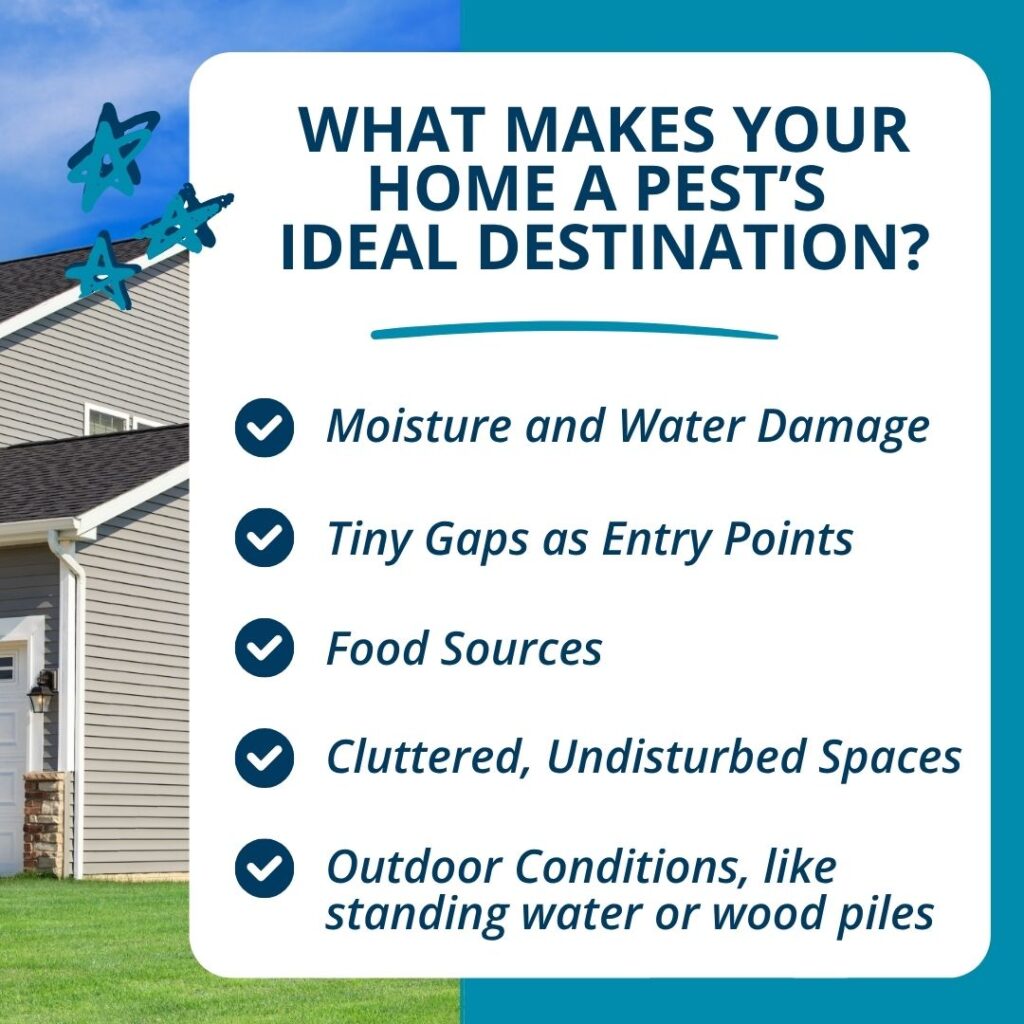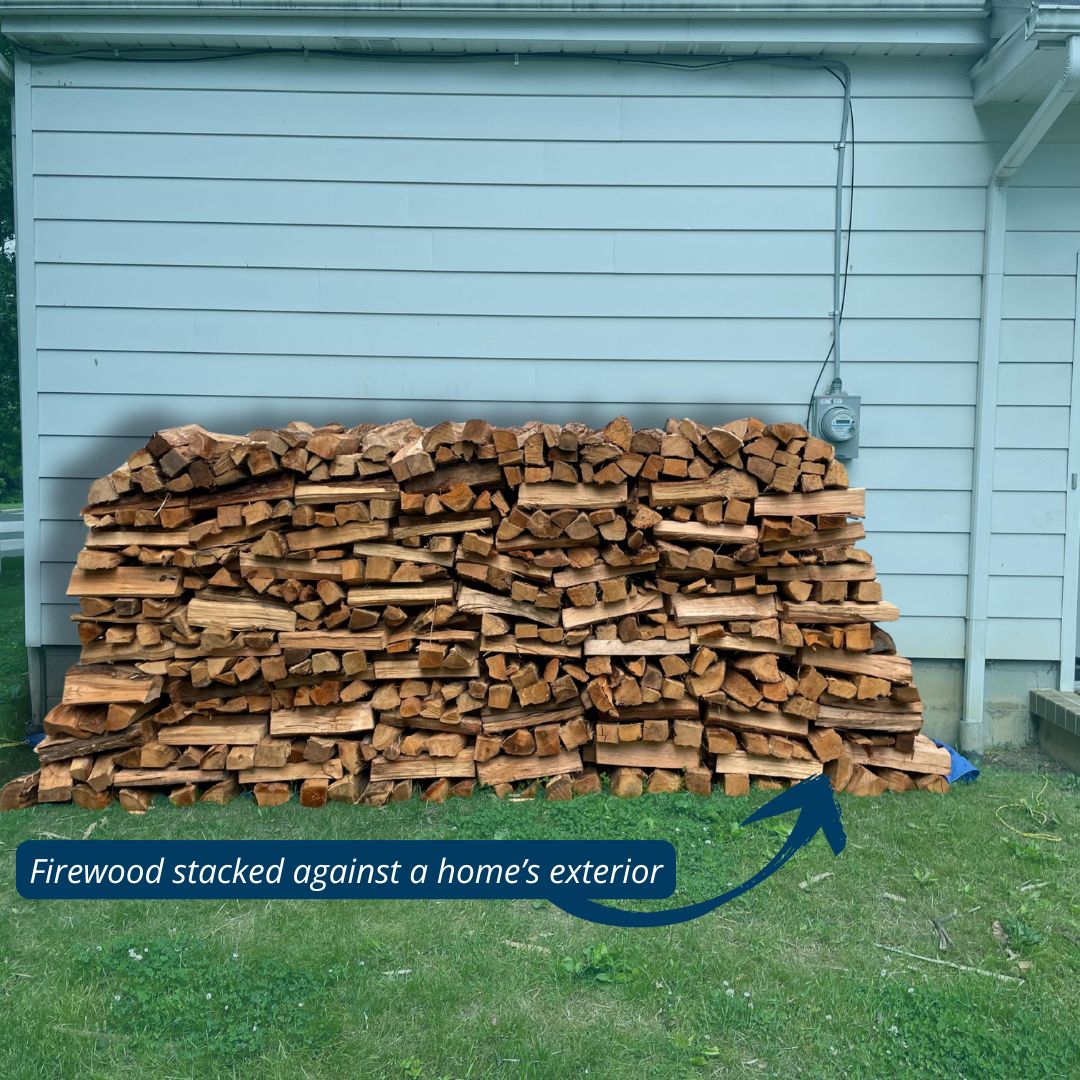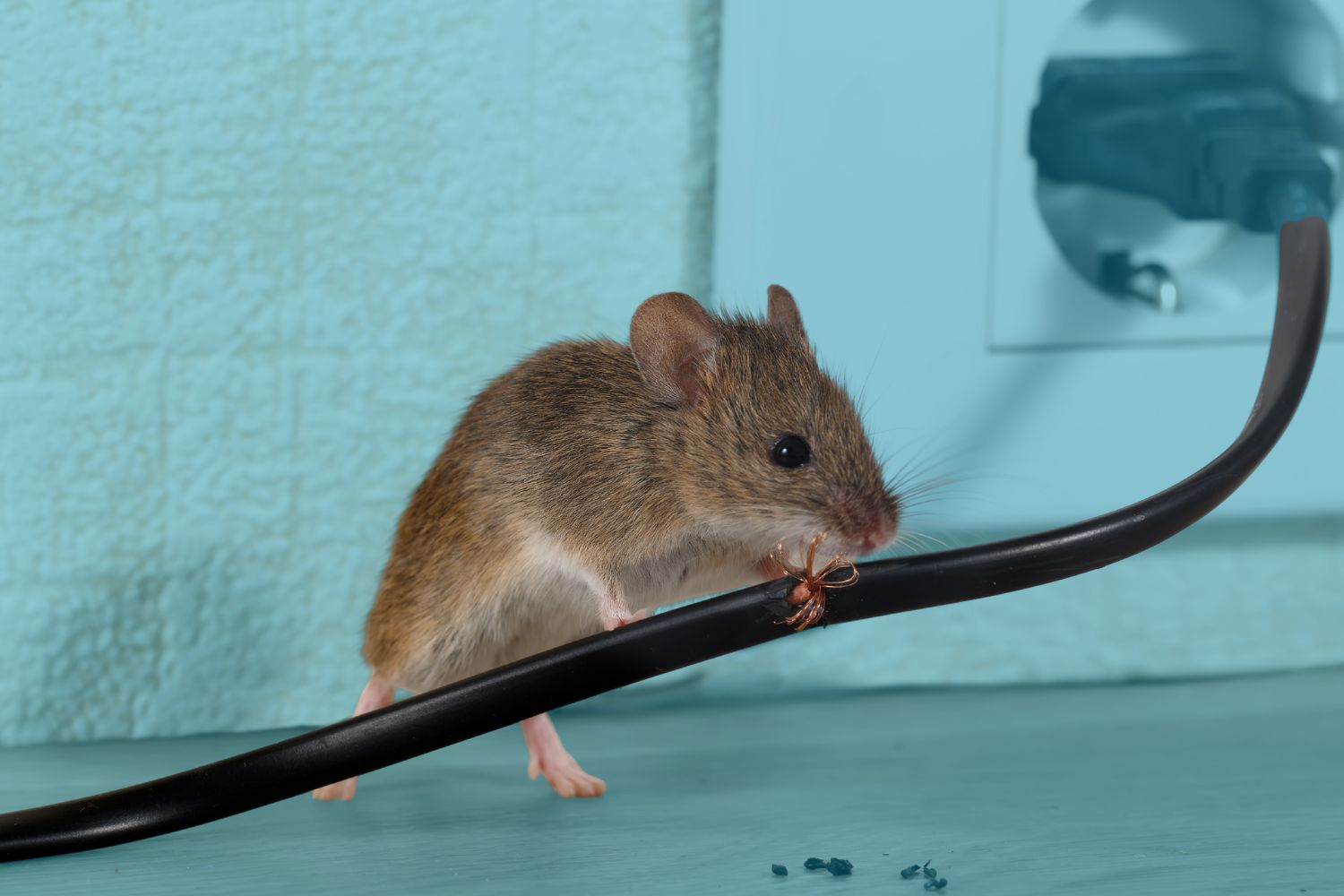Spotting one mouse might not seem like a big deal, but where there’s one, there are often more. The same goes for ants, roaches, and other household pests. If they’ve chosen your home, there’s a reason.
Pests go where conditions are ideal. That often means moisture, shelter, and easy access to food. Unfortunately, those are also common issues in homes across Charleston and the Lowcountry, especially in crawlspaces, attics, and areas with water damage.
Let’s walk through what might be attracting pests to your home and what you can do to stop the cycle before it gets worse.
1. Moisture and Water Damage Invite Infestations
Moisture is one of the biggest risk factors for pest problems. According to the Environmental Protection Agency (EPA), pests like cockroaches and rodents are more common in damp environments, especially where there is poor ventilation or water damage.
Mice, roaches, ants, silverfish, and termites all thrive in places with:
- Plumbing leaks
- Standing water or poor drainage
- Wet wood or visible mold
- Crawlspaces with high humidity
- Attics with condensation or roof leaks
Water-damaged wood becomes easier for pests to chew through or nest in. Mold and mildew also indicate conditions that are highly attractive to pests. If you’re seeing both mold and pest activity, they’re likely connected.
Pro Tip: If your crawlspace feels humid or smells musty, it may be drawing in more than just moisture. A vapor barrier or moisture control system could help stop the problem at its source.

2. Tiny Gaps Lead to Big Problems
A mouse can squeeze through a hole the size of a dime. Even if your home looks sealed, it may still have weak spots. Insects, spiders, and rodents often enter through:
- Gaps in siding or soffits
- Crawlspace vents that aren’t sealed
- Utility line or pipe openings
- Poorly weather-stripped windows and doors
- Cracks in your foundation or slab
In older homes or homes with foundation settling, these gaps can get worse over time. And if there’s already moisture nearby, pests are even more likely to move in.
As a reminder, these entry points are one of the most effective ways to prevent both pest issues and energy loss.
3. Food Sources Keep Pests Coming Back
The most common reason pests stay? They’ve found a steady food supply. And it’s not just the pantry. Here’s what might be feeding pests without you realizing it:
|
Common Food Sources |
What They Attract |
|
Pet food left out overnight |
Mice, ants, roaches |
|
Grease buildup behind the stove |
Roaches, ants |
|
Crumbs under appliances |
Rodents, ants |
|
Open garbage bins |
Flies, roaches |
|
Compost piles near home |
Ants, rodents, fruit flies |
Once pests find a reliable food source, they’re more likely to nest nearby and multiply. According to a 2023 survey from the National Pest Management Association (NPMA), over 30% of homeowners with rodent infestations had food waste left out overnight.
4. Cluttered, Undisturbed Spaces Become Nesting Grounds
Pests love quiet, dark areas with plenty of hiding spots. This includes:
- Garages with cardboard boxes
- Sheds with stored equipment or supplies
- Attics with old insulation or stored items
- Crawlspaces with construction debris or open insulation
Mice and other small pests will chew through cardboard, paper, and fabric to build nests. The more clutter, the harder it is to detect them until the problem has grown.
Replace cardboard boxes with plastic bins, and declutter areas that don’t get frequent use. This removes both nesting material and hiding places.
5. Outdoor Conditions Can Start the Problem
Even the most pest-free interior can be affected by what’s outside your home. Your yard might be inviting pests right up to your foundation without you realizing it.
Watch for:
- Mulch or woodpiles stacked against siding
- Overgrown bushes near windows or vents
- Clogged gutters causing water pooling near the base of your home
- Standing water in flower pots, birdbaths, or yard depressions
- Gaps around foundation vents or crawlspace doors
According to Clemson University’s Cooperative Extension, moisture-loving pests often begin in the soil or mulch, then migrate indoors when the conditions are right.
Good landscaping can also make a difference. Trim vegetation, clear debris, and create buffer zones between organic materials and your home’s structure.

Other Questions You Might Be Asking
Can mold and moisture attract mice and insects?
Yes. Mold signals that your home has moisture problems, which pests look for when choosing where to nest. Moisture also softens building materials, making them easier to chew through or burrow into.
Is it normal to hear scratching in the walls at night?
That often means rodents or other nocturnal pests are active inside your walls. The most common time to hear them is after dark, when the house is quiet.
What’s the best way to tell if pests are in the crawlspace?
Look for signs like droppings, shredded insulation, gnawed wood or wires, or a strong musty smell. A crawlspace inspection can uncover hidden issues and prevent more serious damage.
When to Call a Professional
DIY pest prevention can only go so far. If you’re seeing signs of mice, roaches, ants, or moisture issues, it’s time to get expert help. The longer these problems go unaddressed, the more expensive they become.
Precision Pest and Home Services offers both pest control and moisture remediation in Charleston and the surrounding areas. The team can identify what’s attracting pests, stop the entry points, and restore healthy conditions with services like:
- Crawlspace encapsulation
- Vapor barrier installation
- Mold remediation
- Professional pest treatment and follow-up
Because we tackle both the pests and the conditions that attract them, our approach offers long-term results rather than temporary fixes.
Conclusion
Mice and other pests are drawn to homes with moisture, clutter, food sources, and easy access. And while the causes are common, the good news is that they’re also fixable.
If you’ve seen the warning signs or want a professional assessment of your home’s risk, contact Precision Pest and Home Services. The team is ready to help you take back control, from the crawlspace to the attic.


